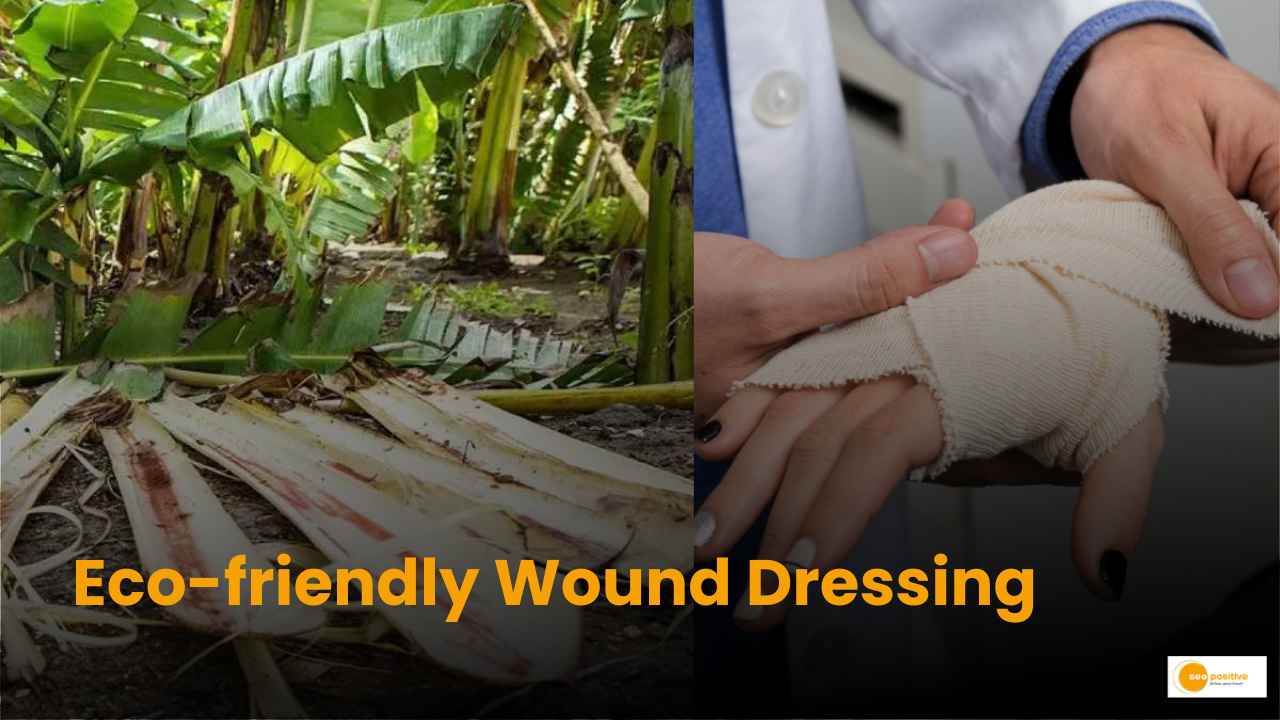In a remarkable breakthrough, Indian scientists have developed an innovative wound dressing material that is not only eco-friendly but also cost-effective, utilizing the abundant banana fibres found in the country. This pioneering research, led by Prof. Devasish Chowdhury and Prof. (Retd) Rajlakshmi Devi from the Institute of Advanced Study in Science and Technology (IASST), has the potential to revolutionize the field of wound care.
The Genesis of the Innovation
India stands as the world’s largest banana-farming nation, producing a significant amount of banana pseudo stems that are typically discarded post-harvest. Recognizing the untapped potential of this so-called agricultural waste, the team at IASST embarked on a mission to transform these banana pseudo stems into something profoundly beneficial.
The Science Behind the Material
The researchers ingeniously combined banana fibres with biopolymers such as chitosan and guar gum to create a multifunctional patch. This patch exhibits exceptional mechanical strength and antioxidant properties, essential for effective wound healing.
Enhanced with Plant Extracts
Taking their innovation a step further, the team infused the patch with an extract from the Vitex negundo L. plant. This addition demonstrated the patch’s capabilities in vitro drug release and as an antibacterial agent, further enhancing its therapeutic potential.
Sustainability and Cost-Effectiveness
The materials used in creating this wound dressing are natural and locally available, which simplifies the manufacturing process, making it non-toxic, and ensures that it remains cost-effective. This approach not only benefits the environment by reducing waste but also supports local farmers by creating additional uses for the banana plant.
A New Era in Wound Healing
The development of this banana fibre-biopolymer composite dressing marks the beginning of a new era in wound healing. With its broad applications, it holds significant promise in biomedical research and healthcare. The eco-friendly nature of the material aligns with the global shift towards sustainable solutions, making it a noteworthy advancement in both the scientific and medical communities.
The Impact on Health and Environment
The banana fibre wound dressing material presents a sustainable solution for wound care, suggesting additional uses for the abundant banana plant, which may benefit farmers and minimize environmental impact. The groundbreaking research has been published in the International Journal of Biological Macromolecules, highlighting its significance.
Conclusion
The eco-friendly wound dressing developed by Indian scientists using banana fibres is a testament to the ingenuity and resourcefulness of the research community. It stands as a beacon of sustainable innovation, offering a low-cost, reliable, and environmentally friendly alternative for wound care that could have a transformative impact on health and the environment.


